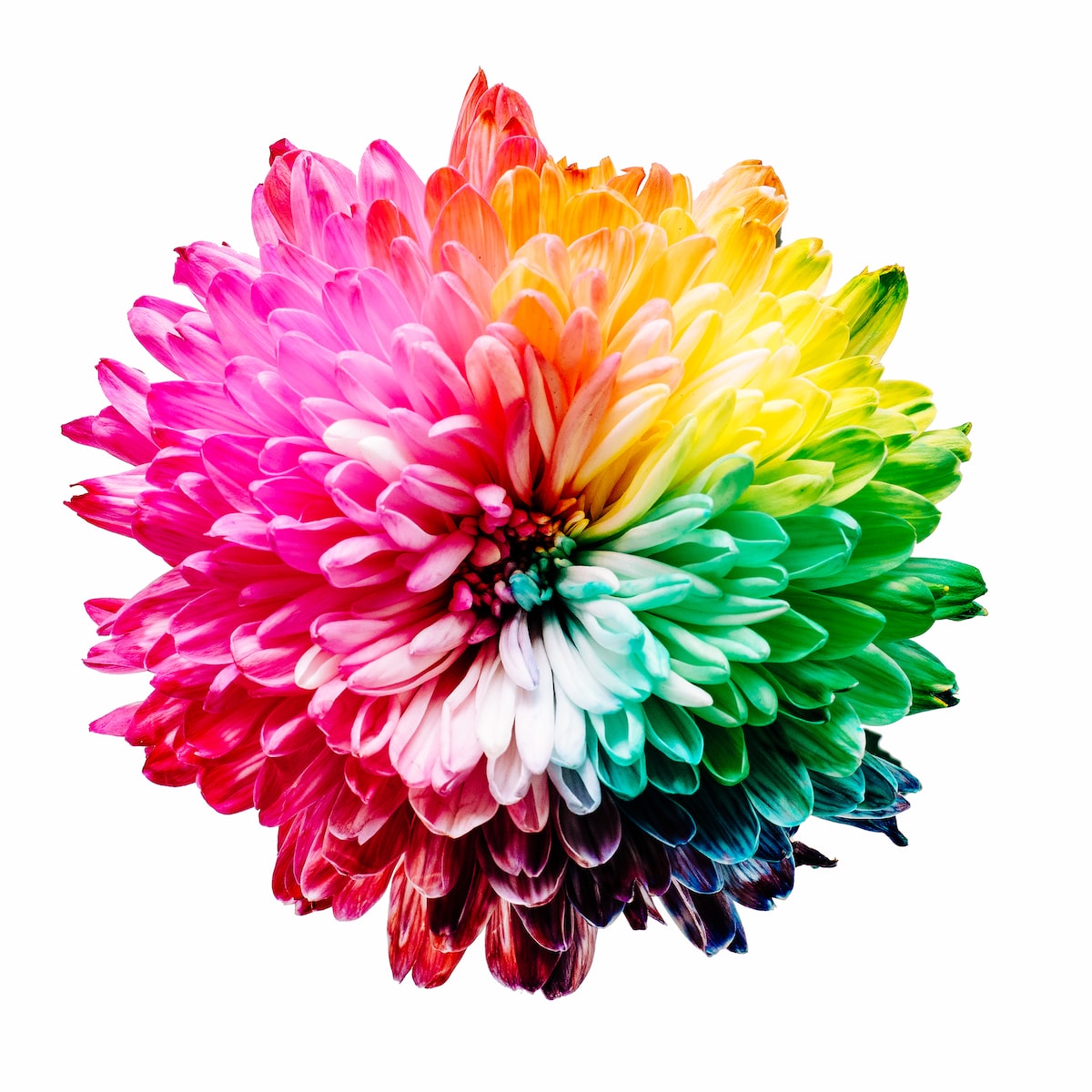Brand colors are a vital part of the branding process, they represent the company’s identity and values. They can be used to make a connection with customers and evoke emotions.
Every company is different. From their logos to their website, and even the color scheme that they use. Colors are an integral part of a company’s branding process, with colors that can help connect with customers and evoke emotions.
What are brand colors in the branding of a product?
A brand’s colors are a key component of its identity. Colors are used to represent the values of the company, as well as the feelings associated with each color. When developing a branding strategy for your company it is important to take color into consideration.
When developing a branding strategy for your company it is important to take color into consideration. Colors are symbols and trigger different emotions. What colors you use in your logo, website, products, and marketing materials can convey a message to your customers. For example, red may represent excitement or passion while green may represent tranquility or healing.
How do colors evoke different types of emotions in people, and why they are so important when it comes to branding?
Color evokes very different types of emotions in people. For example, colors like red, orange, and yellow are very stimulating and energizing while colors like blue, green and purple are calming. This is why color is so important when it comes to the branding process. A company’s logo needs to evoke the right type of feeling for the product they sell or the service they provide.
A company’s logo is an important part of its branding. It’s the first thing that people see and it needs to evoke the right type of feeling for the product or service they provide. It should be recognizable, memorable, and to the point.
The Importance of Brand Colors in Marketing and How to Use Them
What is the Importance of Brand Colors in Marketing
The use of colors in marketing has a huge impact on the success of branding. Different colors have different meanings to people, and these meanings can change based on where they are from. Colors are often used to represent a company or organization’s values or personality. The color palette should be carefully selected to accurately reflect the company’s brand identity and appeal to its target audience.
Brand colors can be used in many ways, such as logos, typography, product packaging, website design, and social media graphics. A good example would be Coca-Cola’s iconic red color which is used in every part of its branding.
What are the 4 Main Areas Where Color Plays a Vital Role in branding?
Color plays a vital role in the process of branding. In fact, color is the first thing that people see and it also has a major impact on how they feel about your brand. Here are the 4 main areas where color plays a vital role in branding.
1) Color signals to customers what your brand stands for. Color is a powerful tool to communicate a brand’s values. It has the power to convey emotions and create an emotional connection that can be difficult for consumers to ignore.
2) Studies have shown that certain colors are associated with different emotions. For instance, black conveys sophistication and sophistication while red conveys confidence and power.
3) Color helps differentiate your company from others: When designing a company’s logo, color is an important consideration. Businesses should choose colors that differentiate them from the competition and that inspire their customers to buy more goods and services.
4) Color can be used to create a sense of unity among employees. Colored walls and upholstery can create a sense of unity among employees. Having a unified appearance in the office can help to increase productivity and collaboration.
Why Does Brand Color Matter for product packaging?
Brand color is a significant factor in the success of a product. A study found that color can increase brand recognition by up to 80%.
This section will focus on why brand color matters for product packaging.
Brands use colors to differentiate themselves from competitors, and the right color can make a product stand out against the competition.
Color also helps brands build their identity and communicate their personality.
The color of a brand can reflect the personality of that brand in a way that is more memorable and authentic than any other form of marketing. Brands use colors to represent their values, and as a result, consumers can more easily identify with and relate to the company’s message.
Colors don’t just serve a decorative purpose. They also have the power to build brands and communicate personality. Developing a color palette with an eye for these factors will help any company find its voice and connect with its customers on an emotional level.
For example, Coca-Cola is red because it represents happiness.
How to Choose the Best Color for Your Business?
Colors are the most expressive form of nonverbal communication. They can convey a message and evoke an emotion.
The color should be chosen according to the company’s brand and marketing strategy. The psychological effects of colors on people should also be taken into consideration.
Different colors have different meanings in different cultures, so it is important to take cultural differences into account when choosing a color for your business.
The color you choose for your business can be a powerful marketing tool. What is appropriate in one culture may be offensive in another. For example, the color white is traditionally associated with peace and purity but also represents death and mourning in India. To avoid cultural faux pas, it’s important to know what colors represent what things in different cultures.

















